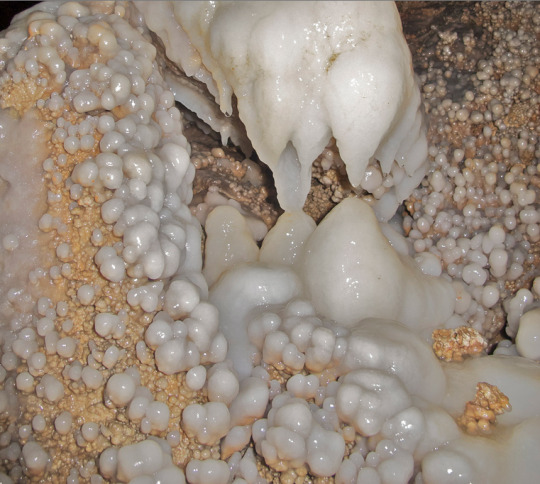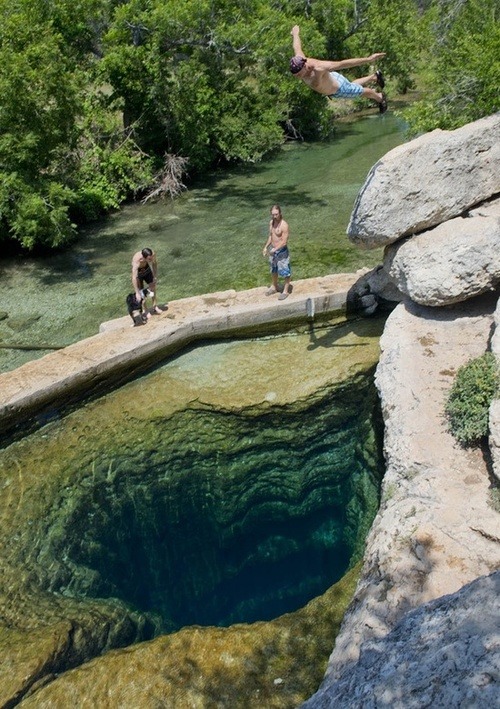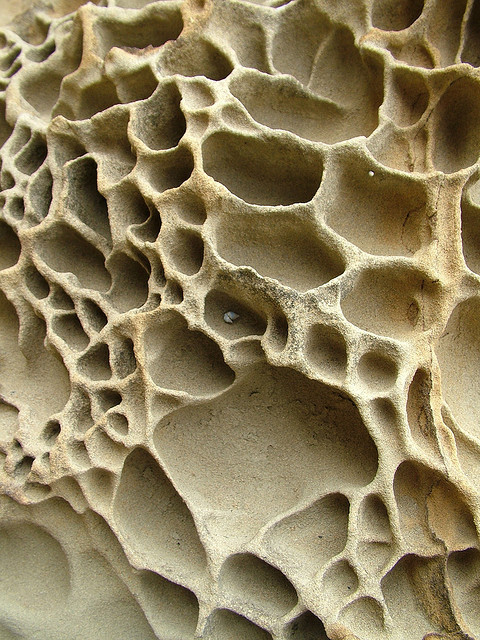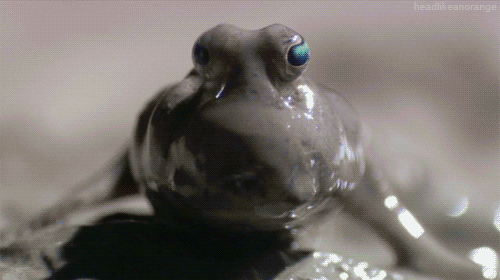Text

Via del Sale Limone / Italy (by Simone Mondino).
2K notes
·
View notes
Video
youtube
youtube

youtube
> https://en.wikipedia.org/wiki/Common_Surinam_toad
2 notes
·
View notes
Photo
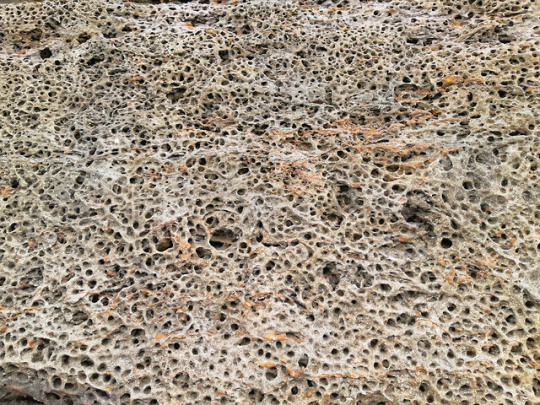
Honeycomb weathering, or is it a bone?
Though my first impression was like “wow, this texture looks like inside of the bone”. But no, you are right it is a honeycomb weathering feature.
Most people who live near the coastal areas will be familiar with these bizarre nature creations. For those who haven’t encountered these before, they are formed by salt crystals literally plucking out mineral grains from the rock surface.
Salt spray blown of the sea waves coats the rocks. The sun exposed rocks are quite hot and make water evaporate, leaving salt crystals behind. As more and more sea spray coats the rock surface, more and more salt is added and deeper the water infiltrates the rock surface. With time salt crystals become so big (well, still pretty small considering human sizing) that they dislodge rock mineral grains as they grow, and so the grain is plucked off the surface. Plucking off the grain leaves small gap in the surface which allows for more salt accumulation that leads to more weathering.
Fast-forward this process and one is left with sizable cavity on the surface. And, because this process can occur on entire surface simultaneously, one ends up with many cavities clustered against each other, giving an impression of a honeycomb.
I wanted to share this example as rarely I see one that is so extensive as usually they occur as localized features (see example below).
Example from Kioloa, south coast of New South Wales, Australia.


293 notes
·
View notes
Photo

Amerika/ Nordamerika/ USA/ Nevada/ Las Vegas/ Stratosphere: X-Scream
Höhe: ca. 264 M
0 notes
Photo

142 notes
·
View notes
Photo

Honeycomb rock, Elgol, Isle of Skye. by ceeko on Flickr.
Via Flickr:
The geology at Elgol becomes very interesting, with limestone cliffs such as the one here (which was overhanging the beach) being etched in a honeycomb pattern.
11th September 2009.
2 notes
·
View notes
Photo
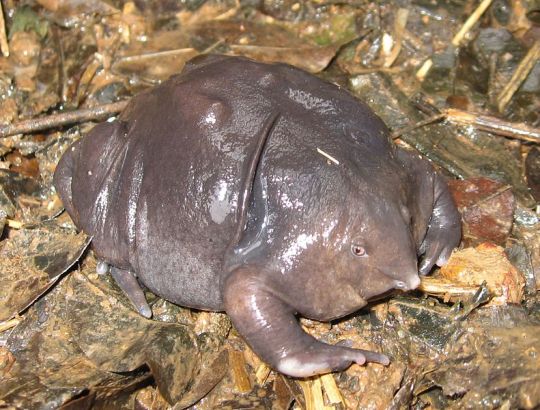
The Purple Frog (Nasikabatrachus sahyadrensis)
No you’re not tripping balls, this is a real frog. I’m serious. I know, its like Grimace fucked a frog… ok, nevermind. It was only described by science in 2003. They eat mostly termites, and grow to a snout vent length of ~ 7 cm.
This gorgeous animal is found only in the Western Ghats of Kerala, India. It’s a bit of a taxonomic anomaly, as the only other members of its family (Sooglossidae) are found in the Seychelles off the coast of Africa. It spends most of time in burrows up to 3.7 m underground, but emerges for a few weeks during heavy rains to breed in temporary ponds near streams.
This species is considered endangered by the IUCN, because so few have been found (only 135 so far, only 3 of those female) and there is extensive habitat disturbance for agriculture in its limited range (its only known from 5 sites). It is believed that the population is in decline.
(photo: Karthickbala | Wikipedia)
203 notes
·
View notes




